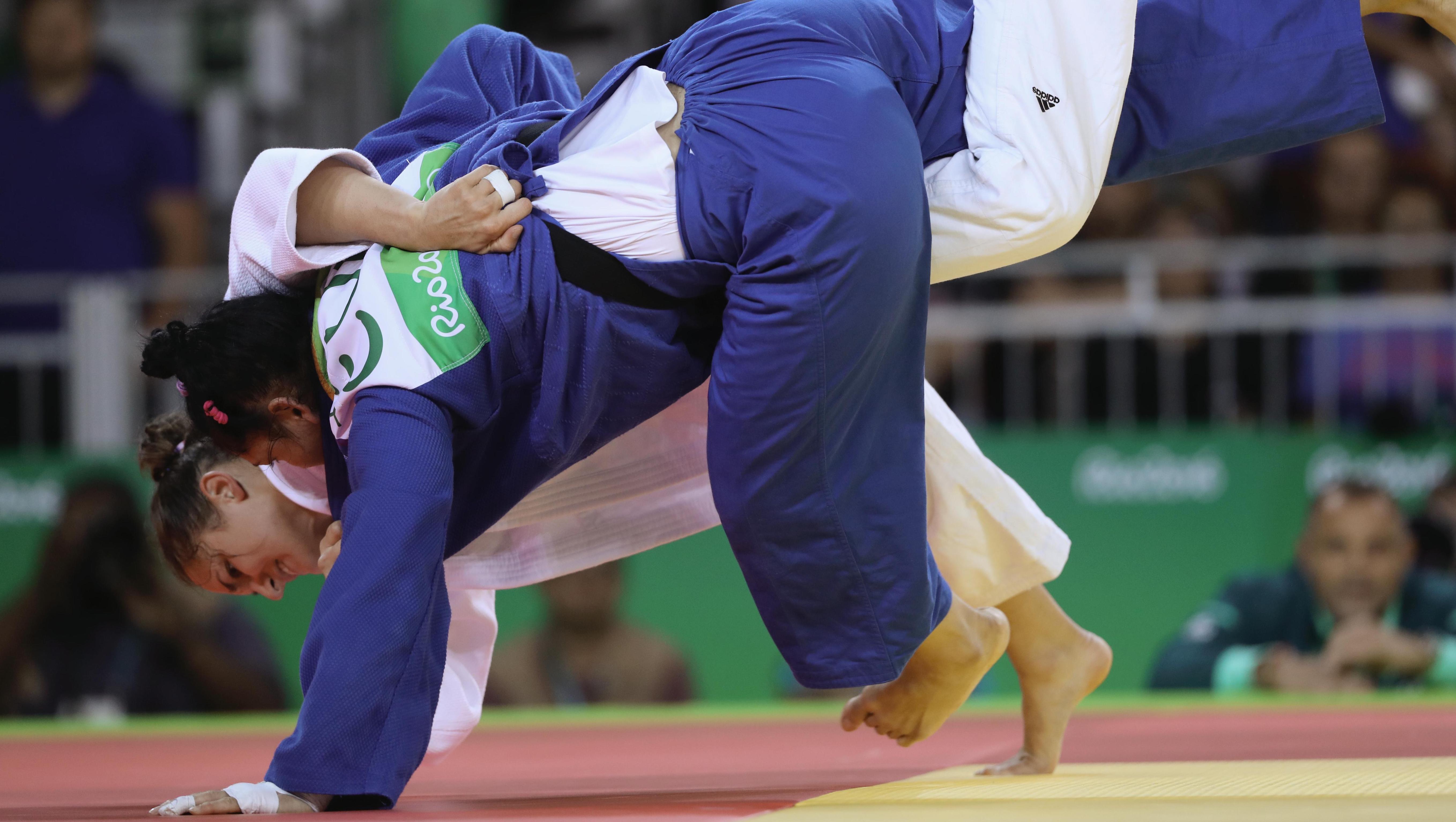Elbow dislocation
This injury is rather seldom, but a serious injury when it happens.

Looking at joint dislocations in sport, a dislocation of the elbow is the second most common after shoulder. An elbow dislocation usually happens when falling on an outstretched arm, followed by a twisting movement. Forces acting to the arm and joint during such situations are high and may result in additional injuries as fractures.
Risk factors
Having had an elbow luxation earlier, the chance for getting a new one is increased, as the joint in itself, the capsule have become hypermobile. This means the joints range of motion is higher than functionally optimal, which again increases the risk for an unstable elbow joint.
A proper fall technique and muscles stabilising the joint will reduce the risk of injury.
Symptons and signs
Misalignment, pain, swelling and discoloration as a result of bleeding are typical signs. The injured person will find it difficult to move the arm and will often “carry” the arm in a partially extended position. Some may experience numbness, tingling and stinging. These may be signs of nerve damage or that the blood supply to the area has stopped.
Diagnosis
The diagnosis is made during an examination by a doctor. X-rays are used to rule out fractures. These images are usually taken before and always after the joint has been set in place. Blood circulation and nerve function are also examined, both before and after the elbow is back in place. If damage to blood vessels or nerves is suspected, it is important to get treatment quickly. In cases where the elbow is partially dislocated, it may be put back in place without the injured person realizing what has happened.
Acute treatment
The aim of the treatment is to regain full function of the elbow. The elbow should be repositioned, i.e. put back in place, as soon as possible. The longer the injury remains untreated, the greater the likelihood of permanent damage.
It is easier to put the elbow back in place if it is done before the pain becomes too intense and the muscles tighten (i.e. within 20-30 minutes). X-rays and possibly CT images are taken to identify fractures and to assess the need for surgery. Elbows that cannot be set in place with simple movements are also considered for surgery. The vast majority of dislocated elbows are best treated without surgery.
Rehabilitation
If the elbow has been repositioned and there are no significant additional injuries, it is important to mobilize quickly, i.e. as soon as the pain allows. The risk of the elbow slipping out of position again must be taken into account. It is important that the wrist and shoulder are also moved. A referral to a physiotherapist may be appropriate for shoulder pain. Initially, it may be a good idea to relieve the elbow with a sling that goes around the wrist and neck. This allows you to bend your elbow early, but avoid overstretching it.
Before returning to sport, you should have achieved the same range of motion as before the injury. The elbow should be stable and pain-free during stability testing. Maximum strength training should be pain-free. If you return to sport too soon, there is a greater chance of chronic problems. In most cases, a rehabilitation period of 3-6 months is recommended, depending on the extent of the injury and the load requirements. If there are problems in connection with training, or if the elbow continues to slip out of joint completely or partially, surgery may be appropriate.


